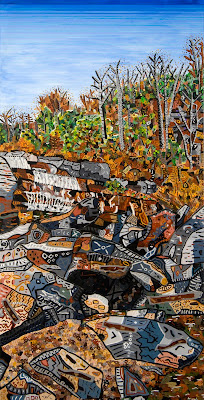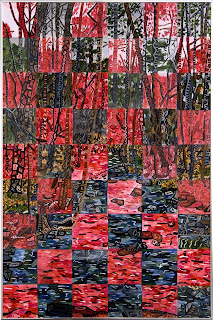
During 2009 my time as a painter has offered some of the most rewarding experiences of my life. During the calendar year of 2009 I painted 35 paintings ranging from 5x7” to 36” 72” in size. I was once asked what I think my strongest attributes as an artist are. I think most artists would try to answer this question based on how they see their style of art. One artist I know considers his best attribute to be his bold use of expressive colors. Other artists might describe their strengths based on teachers, mentors or perhaps the attributes of the great artists throughout history. For me there is no doubt that my strongest attributes are based on my firm understanding of the importance of patience and time. Some people think I’m nuts in my “stopwatch” mentality of painting. If I know a 16x20” painting typically takes me 24 hours of painting time and I do a second 16x20” and it takes only 20 hours - Is this second painting inferior to the first? Maybe I’m my own worst critic, but I would answer that question with an affirmative YES! Patience and time do matter.
I sit here pondering how I will spend my New Years Eve. Will I go out to a restaurant? Will I watch movies? Will I watch college football? I enjoy all these things, but I think I will most likely end 2009 the way it began – and spend some time in front of the easel remembering the importance of patience and time in painting and life.
Happy New Year Everyone!
Painting shown is Double Falls 36x72" Acrylic on Canvas (The first completed painting of 2009)








































